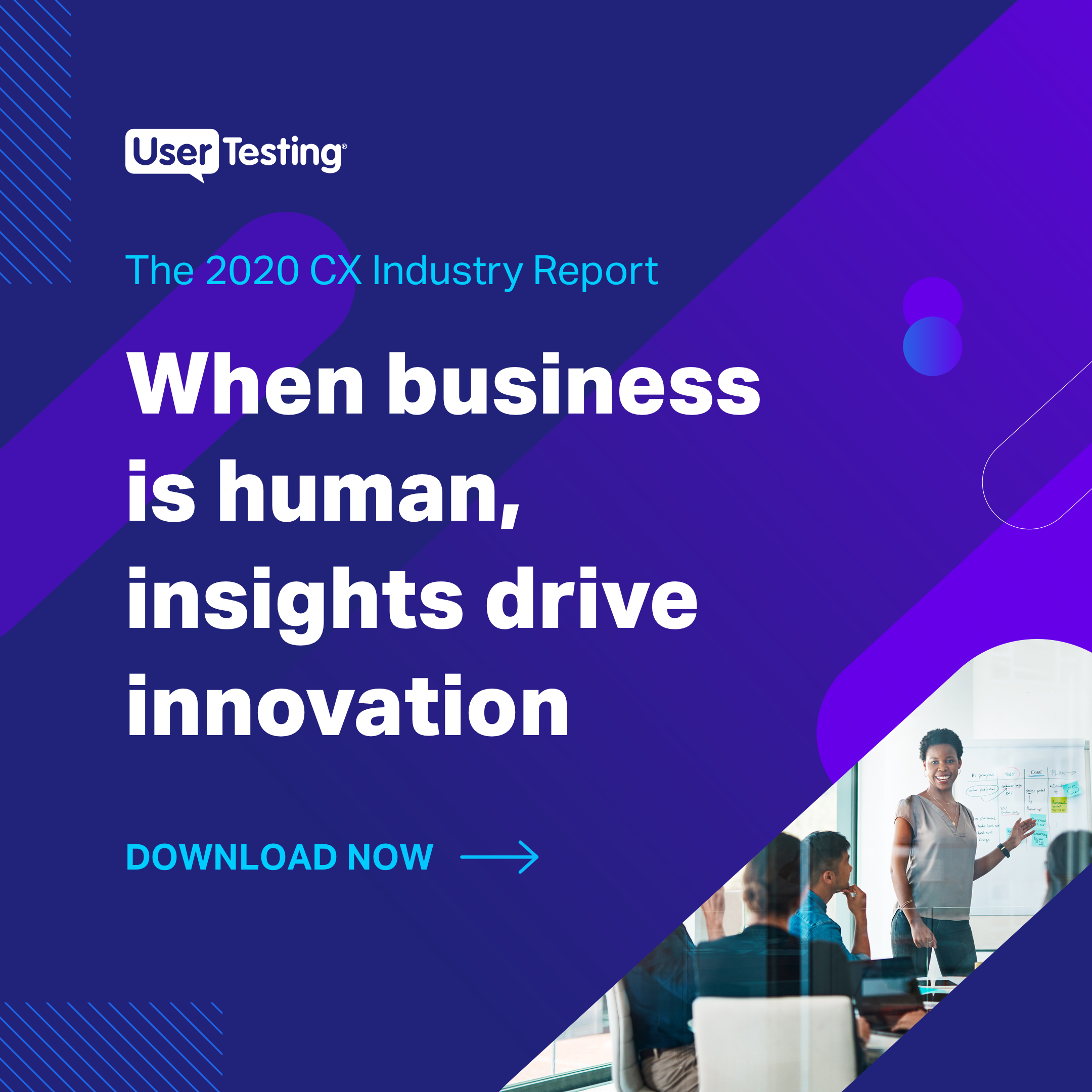
How CaringBridge makes human-centered product and messaging decisions through usability testing

Behind every business decision is the need to please and delight customers. Customers who are just regular people, navigating choices that are often based on emotion. In fact, when making decisions, people tend to gravitate toward the emotional experiences they get from products, partnerships, and services much more often than they do cold facts and figures.That’s why we believe the key to a successful business is its ability to relate to humans.
Introducing a brand that connects to humans
We recently chatted with two team members of CaringBridge, a nonprofit organization that helps everyday people launch a site to stay connected with family and friends during a health journey. We wanted to get to the heart of how they're making their business more human through testing of their marketing campaigns, website, and collateral.
Let’s meet the faces behind CaringBridge who were excited to share their expertise and experience with us.

Monika Perkerwicz is CaringBridge’s Senior UX Designer. She has over five years of UX experience and is working to take CaringBridge’s mobile app design and responsive website to the next level. Focusing on customer-centric decisions, she’s since baked usability testing into their processes and enjoys how quickly she can spin up a test and get actionable insights.
Philip Noyed is CaringBridge’s Senior Creative Director. He’s been in the design community for over two decades and relies on the convenience of user testing to transform the company’s vision and branding to truly be built on emotion, understanding, and compassion.
Driving human-centered decisions
Every year, CaringBridge attracts 40 million people to its website. An impressive number for sure, but also a very high-stakes number. They don’t have a brick and mortar location, so it’s crucial that their website and mobile app (and everything on it) is helpful, clear, and makes a lasting impact. After all, that is the primary way that they connect to users.
Let’s discover how UserTesting has enabled them to gather the necessary feedback they need to build a brand and make decisions truly for their customers.
Lexicon testing
Because their product is a window into their brand and mission, Monika and her team wanted to understand if the labels on the site make sense to their visitors. With the UserTesting Human Insight Platform, they were able to build out a lexicon test that leveraged both quantitative and qualitative data, so they could pair the human perspective with numbers.
Through multiple-choice questions, test participants were not only able to select the labels that they thought best suited its use case, but they were also able to explain why. For example, one of the questions was around selecting a word for “getting help from your community.” As it turns out, the emotionally-driven results revealed that the word “task” has a negative connotation. By being able to pair real, human insight with numerical results, CaringBridge was able to determine that approximately 75% of users preferred the word ‘request’ in various scenarios of their site. Users gave insights such as “The word request makes me feel as if I’m in charge of the site” and “The word sounds personable, like people understand you are asking for help.”
Hearing users explain their reasoning why they selected a certain word, gave CaringBridge confidence in the data they collected.
Testing marketing videos
As part of the company’s effort to clarify and transform their vision and mission, Philip partnered with an agency to develop marketing videos that depict who CaringBridge is and what they do. After receiving a first-cut from the agency, during the editing process, they began testing the videos with their target audience.
In order to understand which video resonated most with their audience and explained their mission best, they had real people review the videos in unmoderated studies. They asked questions about how the videos made them feel, if they understood who CaringBridge is and what they offer, and other questions that unearthed why one video was preferred over another.
The results turned out to be eye-opening. In fact, one user thought that CaringBridge might be a hospital. While another teared up during a video. And another said that they used CaringBridge before and was not aware of many of the tools and features that were available to them.
From the insights they gathered through testing, they were able to prioritize which messages resonate most with real people, prioritize which words and phrases are most meaningful, and they even adapted their retargeting campaign to align with what they learned from the video tests.
If you test before you go to market, you’ll go in eyes wide open.
Delivering great experiences starts with human connection
After speaking with Monika and Philip, they described testing with real humans as liberating. The tests that they’re able to run enables them to be confident that what they’re delivering to customers aligns with their real-world needs and expectations. Philip left me with this line: “We don’t sell ads on our site. We don't sell data. It's really a sanctuary of sorts. We design our product for our customers to make sure it’s the best experience possible.”
In order to deliver these best experiences possible, they shared some sage advice:
Don’t go into anything with assumptions, because your very limited knowledge is going to be different from somebody who’s not going through the same things as you.
If your goal is to build human-centered experiences or make customer-centric decisions, the key is to inform every decision with real human insight.
In this Article






